How To Get Into Data Science in 2023 (Without a Data Science Degree)

In this article
In this day and age, data science is one of the hottest careers in the tech industry. Companies are on a hiring spree, and are looking for data scientists who can turn raw data points into actionable insights. There has been a 480% increase in data science job openings since 2016 and Glassdoor lists data science as its third-best job in America.
So what’s stopping you from kicking off your data science journey? If the answer is “a degree in data science” then you might be surprised to learn that it’s very much possible to become a data scientist without a degree. Want to make that happen? Then keep reading.
What Is Data Science?
Data science is a field within the software industry that concerns itself with studying how companies can obtain actionable insights from data.
Data science emerged as a field because of the increasingly large volumes of digital data that is produced every day. To some, that amount of data was just too large to be processed and become valuable in some way. But it became apparent that techniques from statistics and computer science could be used to unearth patterns in the data and derive meaningful insights from it. Thus, data science was born.
What Does a Data Scientist Do?
Data scientists spend some of their time analyzing datasets and looking for insights that can help businesses improve key metrics. But that’s not the only thing that data scientists do.
Data scientists work with key stakeholders at businesses to find out what their major challenges are. This lays the foundation for the data science process. The challenges of a business become problem statements for data scientists.
They then proceed to build data models and write algorithms that can process data. All of this is done with the goal of finding solutions to the initial problem statement. Data scientists use various techniques to make this happen, including mathematical analysis, predictive modeling skills, natural language processing, regression analysis, deep learning, and analytical thinking.
Data science’s applications are virtually unlimited. For example, in the marketing sector, digital marketing agencies are always on the lookout for ways to enhance the marketing ROI of their campaigns. There are armies of data scientists working on this problem to see how customers can get the most bang for their buck.
In order to do that, data scientists study different marketing channels, ad types, and the creatives that are used to promote products. They obtain datasets from marketing campaigns, the cohorts selected for different ad sets, and study aspects of the creatives used, such as the copy and images. The insights from this analysis are used to develop marketing campaigns that can reach the most people for the lowest price possible.
Get To Know Other Data Science Students
Isabel Van Zijl
Lead Data Analyst at Kinship
Aaron Pujanandez
Dir. Of Data Science And Analytics at Deep Labs
Karen Masterson
Data Analyst at Verizon Digital Media Services
What Are the Skills Required?
Even though you don’t need a degree in data science to become a data scientist, you do need to possess the following skills:
Foundational Math and Statistics
All of the techniques that data scientists use are grounded in math and statistics. It also helps to be familiar with probability, linear algebra, and calculus. All of the more advanced work that you will do as a data scientist, such as in machine learning and deep learning, will require those skills. (Related Read: Is Machine Learning Hard? A Guide To Getting Started)
Analytical Skills
Data scientists need to have the requisite analytical skills to acquire and process large amounts of data. This means choosing the right dataset for a problem, finding the patterns that are hidden within it, and then using those findings to make recommendations that can enhance business operations.
If you’re looking to improve your analytical skills, try working on some data science projects.
Programming Languages
Programming skills are not necessary for every data science job. But it does help to have some programming experience, especially if you’re trying to land an entry-level job in the industry.
Python and R are the two most commonly used programming languages in data science. If you’re just starting out, then pick one of the two. But there are a host of other programming languages for data science that you can learn if you’re already skilled at Python and R.
Data Visualization
Communication skills are key in data science jobs, especially when communicating with non-technical stakeholders. So it’s important that data scientists be adept at data visualization.
Turning data into charts or graphs might seem simple, but it is a skill that takes time to learn if you want to do it the right way. Fortunately, free data visualization tools are plentiful and you can play around with them to practice and refine your skills.
How Much Does a Data Scientist Earn?
Not only is a data science career a rewarding one, but it is also lucrative. The discipline has grown in importance across most industries and data scientists are valued for the unique skill set that they bring to the table.
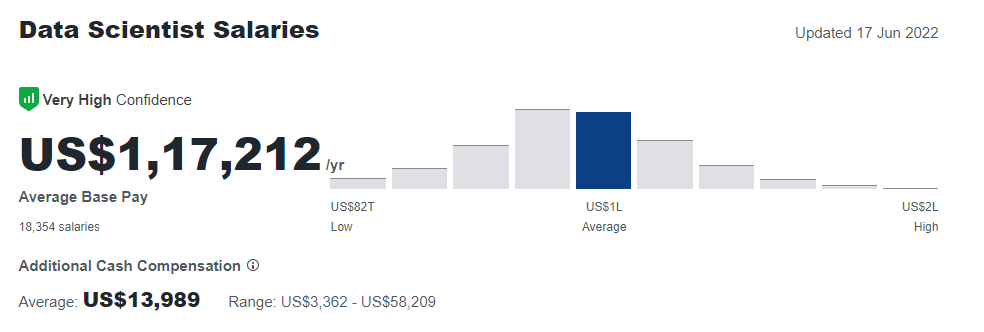
According to Glassdoor, the average salary for a data scientist is $117,200. Data scientist jobs at large companies like Apple and Airbnb pay well above $150,000 a year.
9 Simple Steps To Get Into Data Science (Without a Data Science Degree)
-
Identify What You Need To Learn
-
Brush Up on Your Fundamentals
-
Know Your Math
-
Programming for Data Science
-
Get Familiar With Data Visualization Tools
-
Join a Data Science Bootcamp
-
Pursue an Internship and Build Your Own Projects
-
Build a Portfolio
-
Network Extensively
Now that we know what a data scientist does, let’s explore the steps to actually becoming a data scientist.
Step 1: Identify What You Need To Learn
We’ve already taken a look at the different skills that data scientists need to possess, and the role they play within organizations. So now is a good time to consider which of those skills you already possess, and which skills you’ll need to learn.
More likely than not, you’ll need to brush up on some areas more than others. For example, it’s possible that you’re a very good programmer but you haven’t worked on data visualization before.
If that’s where you are, then start picking up skills in areas that you aren’t familiar with slowly and methodically. Choose one area at a time and make sure that you follow theory up with practice each time. So if data visualization is your focus, then work on some visualization projects using some freely available datasets.
Step 2: Brush Up on Your Fundamentals
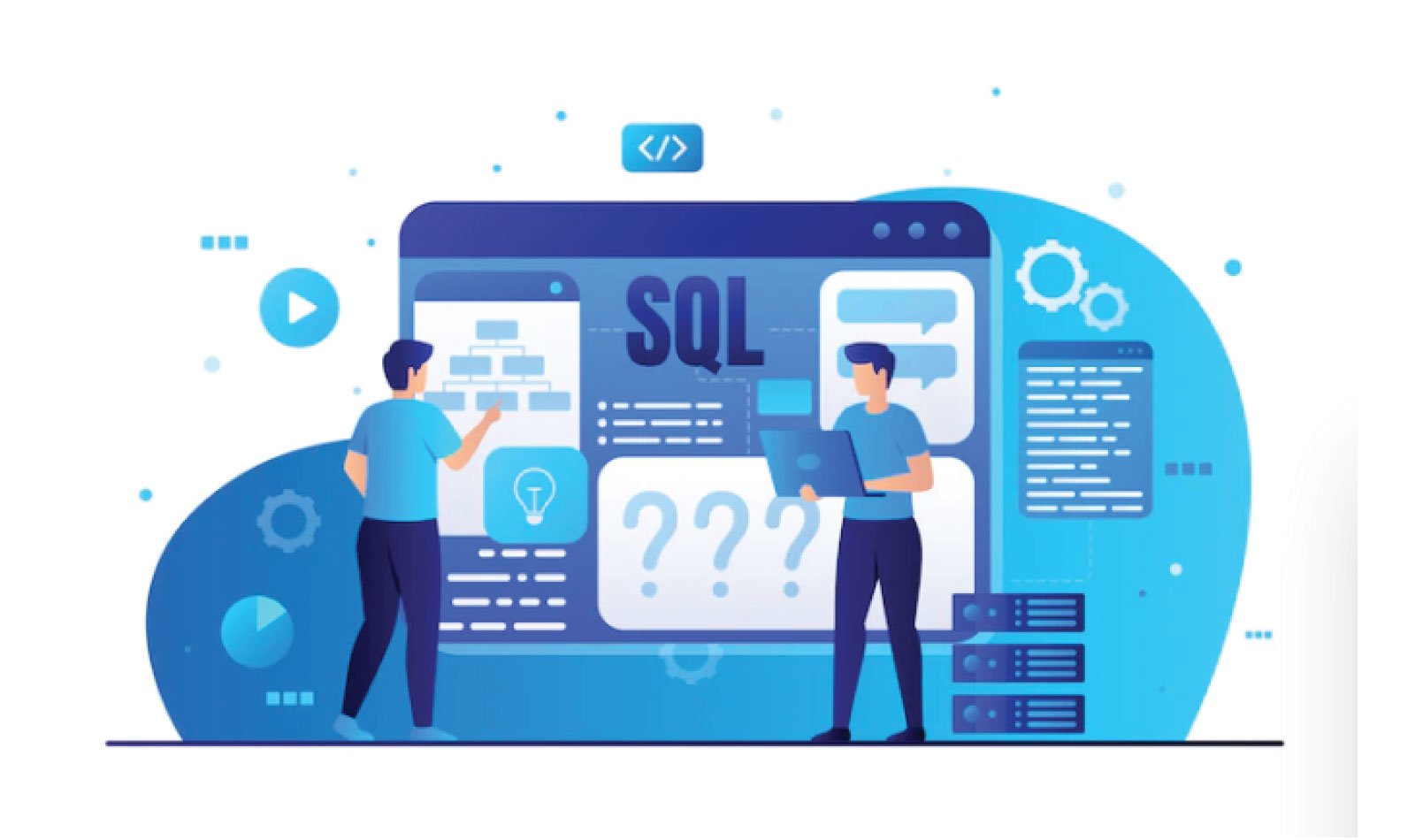
It’s easy to get ahead of yourself in your data science learning journey. But it’s important to remember that, for an entry-level position, employers are most interested in your knowledge of the data science fundamentals.
So make sure that you can get as strong of a grounding in the basics of data science as possible. That includes computer science basics like relational databases, SQL, programming, and distributed computing; the ability to understand how math concepts in linear algebra, multivariable calculus, and statistics are applied to solving real-world problems; and how both math and computer science are used in data analytics.
Step 3: Know Your Math

As we’ve already seen, math is a core skill required for a career in data science. You have to be conversant with problem-solving in areas like statistics, probability, and optimization problems.
If you’re just starting out, then focus on statistics, especially concepts like variability and correlations. Statistics is the single most important math discipline that you require in data science.
Once you have a strong foundation in statistics, then you should start studying linear algebra and calculus. These are used by data scientists in processes like dimensionality reduction and building neural networks.
Initially, limit yourself to just learning these concepts without necessarily connecting them to data science. Once you have a basic understanding of these concepts, then you can start applying them to the world of data science.
Step 4: Programming for Data Science
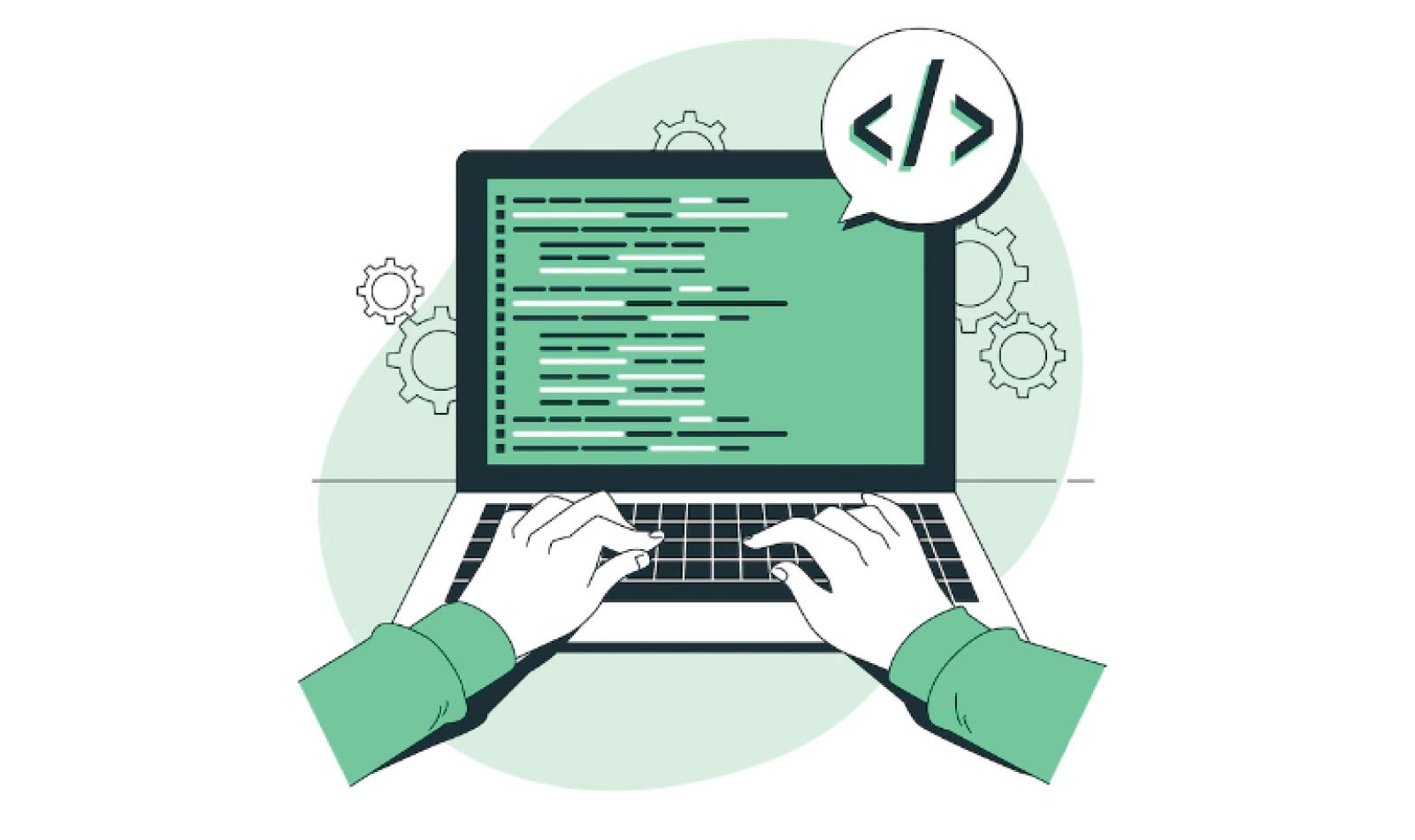
General purpose programming is different from programming in data science. Outside of data science, programming is used to build software, and the focus is on functionality and users.
But programming in data science doesn’t focus on a single user. Rather, the focus is on analyzing data and solving business problems. The programming that you do will be a lot more math-intensive and will be dependent upon data processing techniques.
Practice data analysis using sample datasets in programming languages like Python and R as much as possible. Here are a few more tips on programming languages for data scientists if you’re early in your career.
Step 5: Get Familiar With Data Visualization Tools
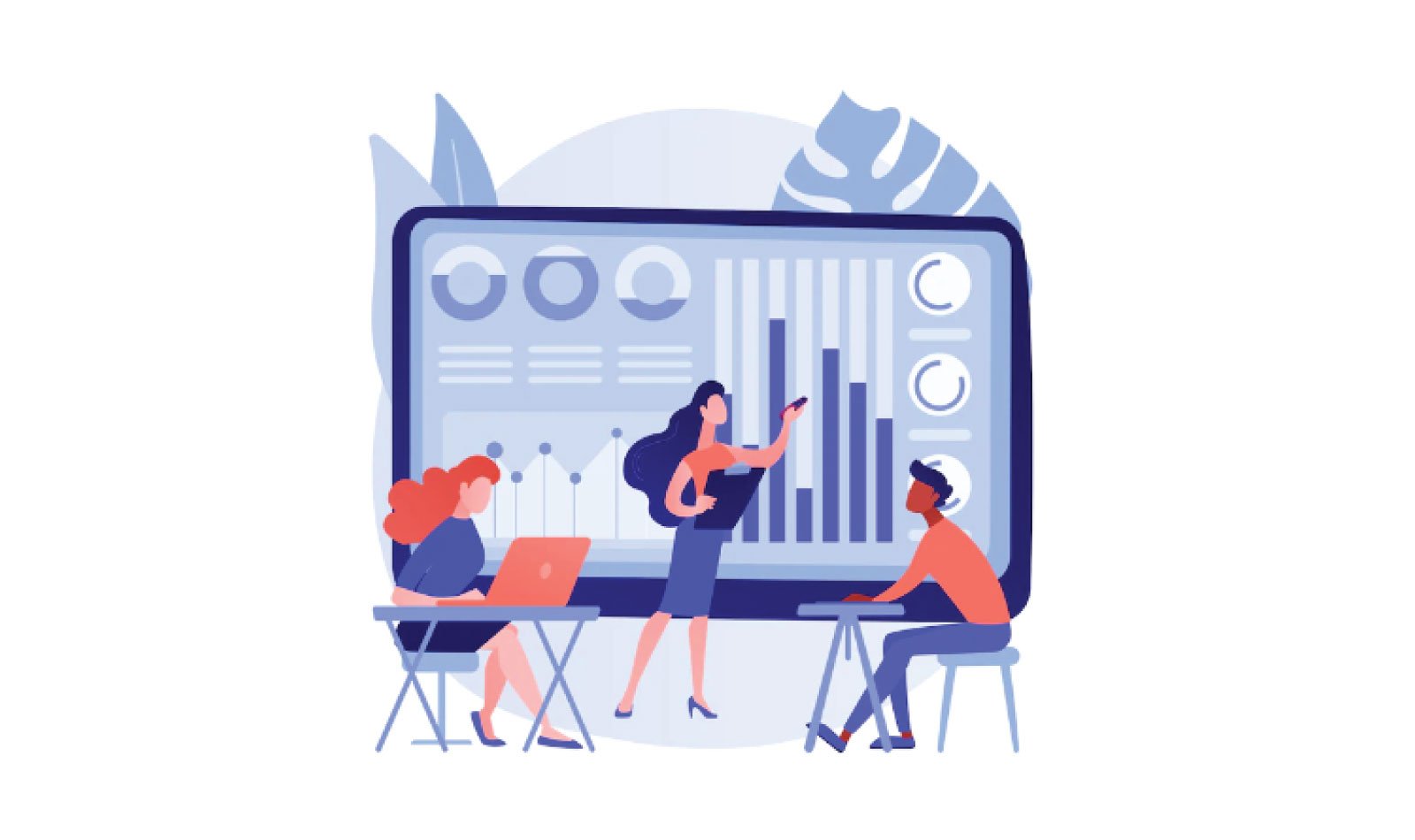
Data visualization is important for a couple of reasons. It’s one of the ways that you can gain insights into your own data analytics process. Visualizations sometimes highlight patterns in data that you wouldn’t have spotted otherwise.
The other purpose of data visualization involves communication. As a data scientist, you’re going to find yourself doing presentations talking about your insights and defending the proposals that you’re making to the business. Visualizations can help you convey your ideas in a comprehensible, digestible manner.
Tableau and Power BI are two of the most popular data visualization tools out there. They both offer free versions, which means that you can access both of them easily and start learning about their various features and tools in a hands-on manner.
Step 6: Join a Data Science Bootcamp

Your data science learning journey doesn’t need to be a lonely one. Joining a data science bootcamp can be a great way to learn from someone familiar with the industry and enjoy the perks of a supportive community. There are a few things that you need to keep an eye out for when choosing a bootcamp.
Firstly, make sure that the company that runs the bootcamp is trusted. Visit their website, LinkedIn, and other social media pages to ensure that the operation is legit.
Next, look up the course instructor. This is, after all, the person with whom you’re going to be studying. Make sure that they have industry experience, both as a data scientist and as a course instructor.
Finally, look at online reviews for the course that you’re taking. This will let you know about the pros and cons of that particular course. All of these can help you make an informed decision.
Step 7: Pursue an Internship and Build Your Own Projects

Now that you’ve picked up the requisite skills, it’s time to put them to the test. There are two ways in which to do this.
You could start applying to internships. Some of the biggest companies in the world, including Google, have data science internships. These give you the opportunity to find out how data science teams function and the kind of problems that they’re solving. (Related Read: Google Data Scientist Internship)
Another way to apply your skills is by working on your own projects. This can be quite fun because you can combine your interest in data science with anything else that you’re passionate about. For example, if you enjoy music, you could analyze datasets like the one offered by Last.fm and get all kinds of insights pertaining to artists and genres.
Step 8: Build a Portfolio
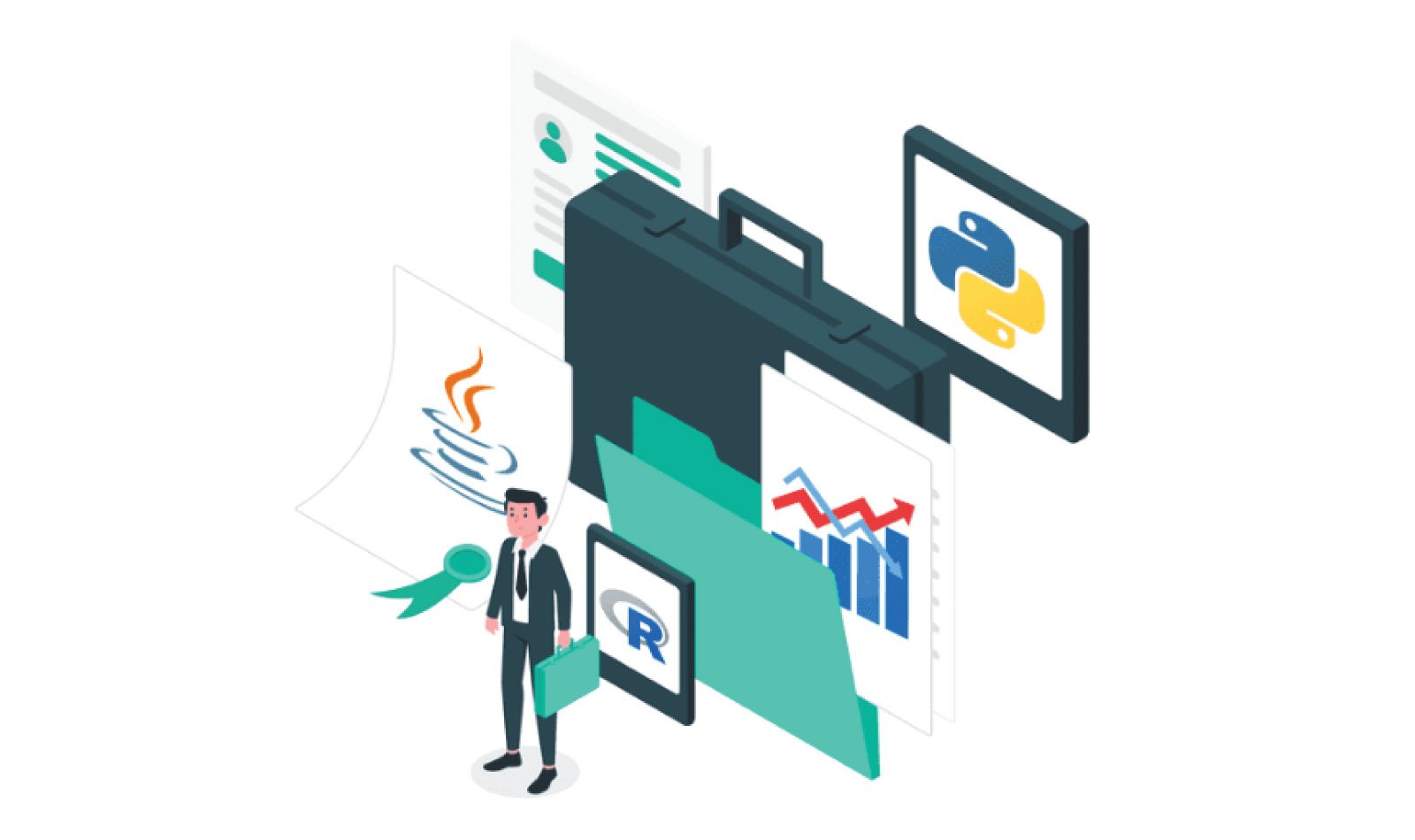
Once you have some experience under your belt, showcase your work by building a data science portfolio.
A data science portfolio is a collection of the best projects that you’ve worked on. They show recruiters what kinds of problems you’ve been able to solve and the tools and programming languages that you used in the process.
Your data science portfolio should also include information on your interests and your background. So make sure that your portfolio introduction talks about why you’re interested in data science and what kind of work you want to do in the industry. Also include an “About Me” section with information on some of the data science college classes or bootcamps that you’ve completed.
Step 9: Network Extensively
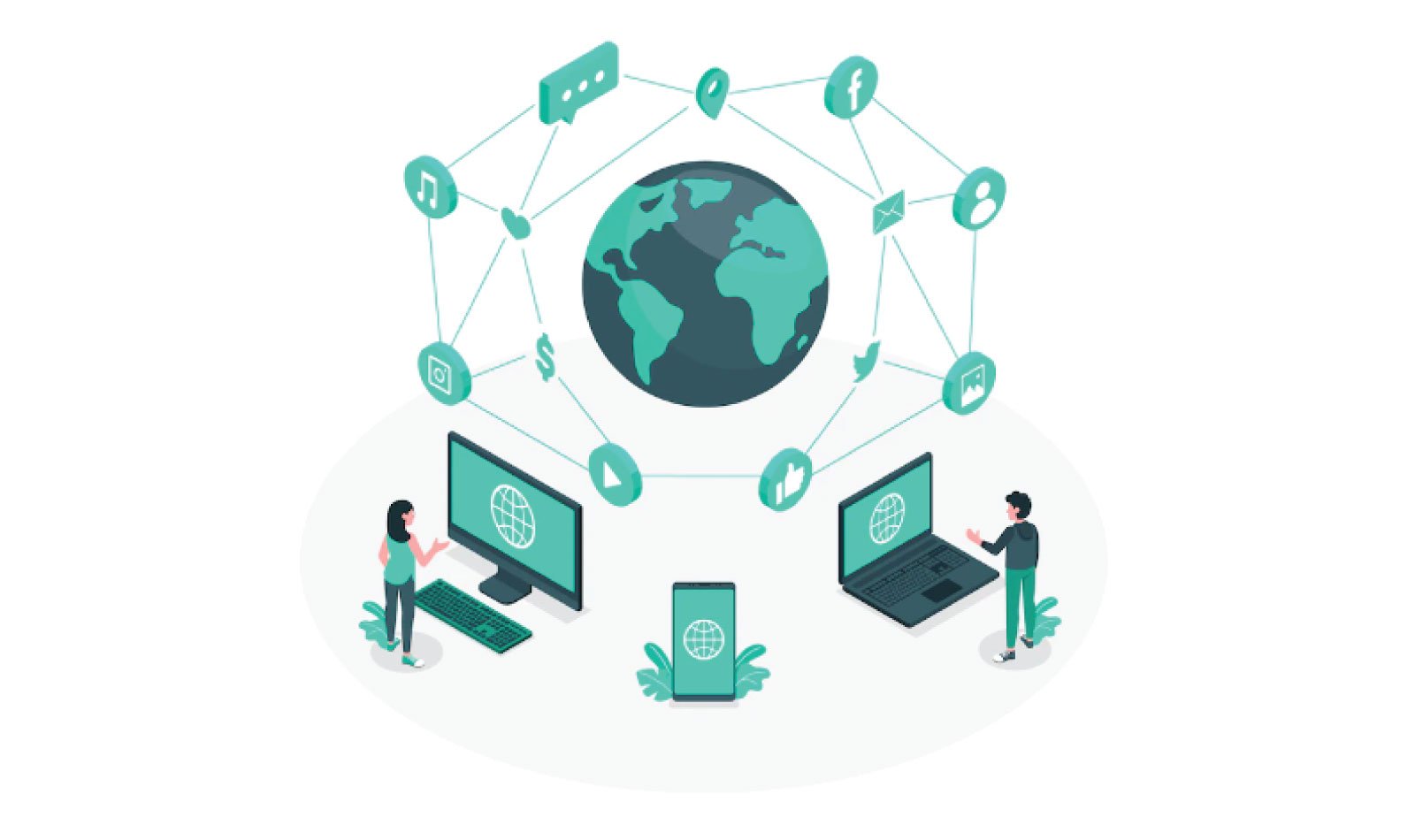
Networking is important for any industry, but it’s particularly important if you’re trying to land a job in data science without a degree. You should network with all of the various stakeholders who work in the data science industry as often as possible.
Start off by connecting with other data scientists so you can help each other out in your learning journey. You can meet them at college clubs, internships, or at data science bootcamps.
You can learn a lot by networking with experienced data scientists. They can help provide guidance based on your specific career goals. You can approach a senior data scientist at your company or connect with them on LinkedIn to make that happen.
You should, of course, network with recruiters in the industry. Simply connect with them on LinkedIn and look at what they’re posting about. This in itself can give you insights into what companies want out of the data scientists they hire.
Data science is an exciting field, and the demand for data scientists is growing rapidly. Companies around the world are looking for talented individuals to fill these positions. So if you’re looking to join this booming industry, our Data Science Bootcamp gives you all the tools you need to succeed in this field. The best part: you can pay for the entire course only after you land a job!
Since you’re here…Are you a future data scientist? Investigate with our free guide to what a data scientist actually does. When you’re ready to build a CV that will make hiring managers melt, join our Data Science Bootcamp that guarantees a job or your tuition back!









